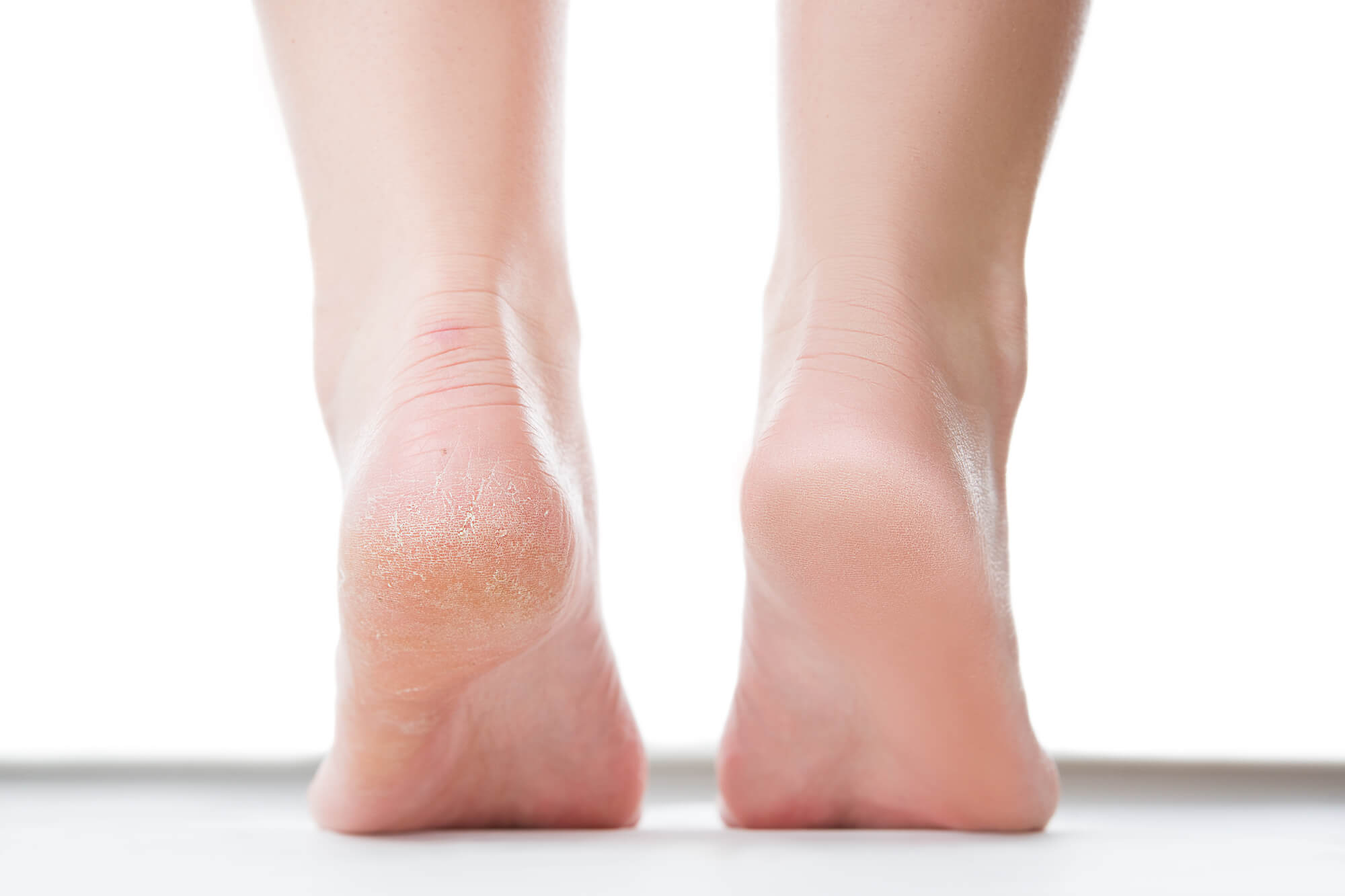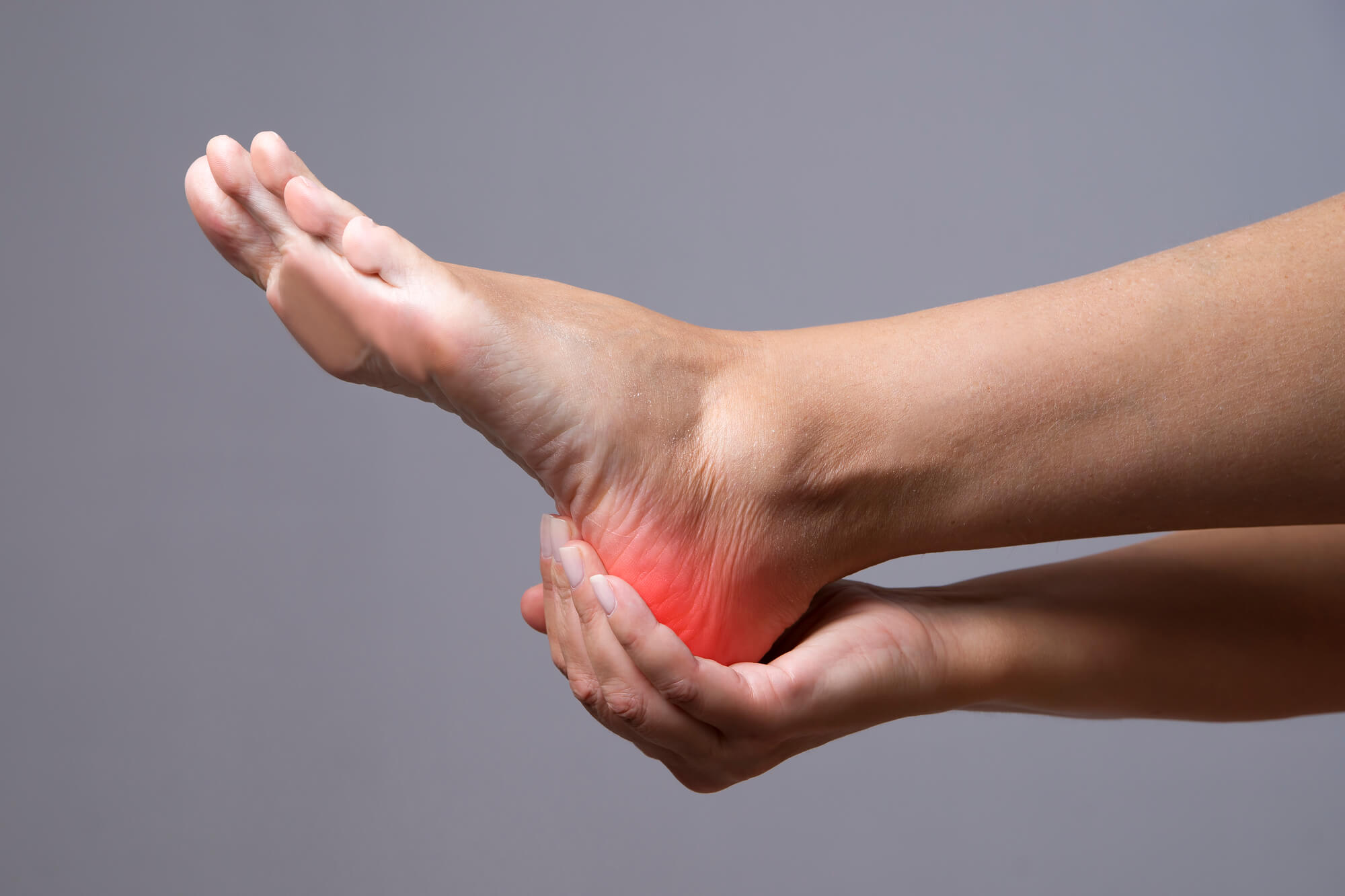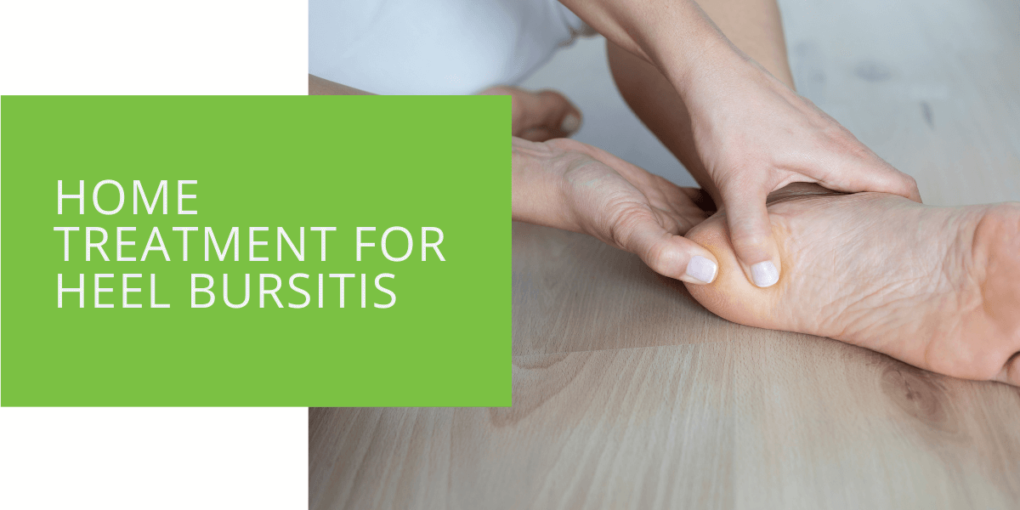Home Treatment for Heel Bursitis
Heel bursitis is a common condition that affects the small, fluid-filled sacs that cushion the bones and tendons in the foot. The condition can cause pain, swelling, and discomfort in the back of the heel, making it difficult to walk or stand for extended periods. While heel bursitis can be caused by various factors, such as overuse, injury, or wearing poorly fitting shoes, many home treatment options can help alleviate the symptoms and promote healing. This article will explore the causes, symptoms, and home treatment options for heel bursitis, including rest, ice, over-the-counter medications, stretching and strengthening exercises, shoe modifications, and compression and elevation.
Rest and Ice
Resting the affected foot is an important component of home treatment for heel bursitis. Resting allows the body to heal and reduces the risk of further irritation or inflammation. Here are some tips for effectively resting the affected foot:
Elevate the Foot
Elevating the affected foot can help reduce swelling and promote healing. Keep the foot above heart level as much as possible, particularly during rest periods.
Avoid Strenuous Activities
Avoid strenuous activities such as running, jumping, or other high-impact activities that may aggravate the condition. Instead, try to engage in low-impact activities, such as swimming or cycling, to maintain your fitness while allowing the foot to rest and heal.
Use Crutches
If necessary, use crutches to avoid putting weight on the affected foot. This can help reduce pressure on the bursa and promote healing.
In addition to rest, ice can help reduce pain and inflammation associated with heel bursitis. Here are some tips for effectively using ice to treat the affected foot:
Apply Ice
Apply ice to the affected area for 20 minutes several times daily. Care should be taken to avoid direct contact between the ice and the skin. Ice can be applied using a cold pack, ice pack, or even a bag of frozen vegetables.
Protect the Skin
To avoid damage to the skin, it's important to protect the skin from direct contact with the ice. A thin towel or cloth can be placed between the ice and the skin to help prevent frostbite.
Be Consistent
Consistency is key when it comes to using ice to treat heel bursitis. Regularly applying ice can help reduce inflammation and promote healing over time. Try to apply ice regularly throughout the day to achieve the best results.
By properly resting the affected foot and using ice to reduce pain and inflammation, you can effectively manage the symptoms of heel bursitis and promote healing. If your symptoms persist or worsen, it's important to seek medical attention to determine the underlying cause of your condition and determine the best course of treatment.

Over-the-Counter Medications
Over-the-counter medications can help reduce pain and inflammation associated with heel bursitis. Here are some types of medications that are commonly used to treat this condition:
Nonsteroidal Anti-Inflammatory Drugs (NSAIDs)
Nonsteroidal anti-inflammatory drugs (NSAIDs) are a type of medication that can help reduce pain and inflammation associated with heel bursitis. Examples of NSAIDs include ibuprofen, aspirin, and naproxen. These medications should be used as directed and under the supervision of a healthcare professional. Long-term use of NSAIDs can cause gastrointestinal problems, so it's important only to use these medications as directed.
Acetaminophen
Acetaminophen is a pain reliever that can effectively reduce pain associated with heel bursitis. Unlike NSAIDs, acetaminophen does not reduce inflammation. However, it can help reduce pain and discomfort associated with the condition.
Topical Creams and Gels
Topical creams and gels can also help reduce pain and inflammation associated with heel bursitis. Examples of topical creams and gels that can be effective include those containing menthol, capsaicin, or lidocaine. These products should be used as directed and under the supervision of a healthcare professional.
When using over-the-counter medications to treat heel bursitis, it's important to follow the instructions carefully and to use the medication only as directed. If your symptoms persist or worsen, it's important to seek medical attention to determine the underlying cause of your condition and determine the best course of treatment.

Stretching and Strengthening Exercises
Stretching and strengthening exercises can help alleviate the symptoms of heel bursitis by improving flexibility and strengthening the muscles and tendons in the foot and ankle. Here are some exercises that can be helpful for heel bursitis:
Calf Stretches
Calf stretches can help improve flexibility in the calf muscles and reduce tension on the Achilles tendon. To perform a calf stretch, stand facing a wall with your hands on the wall at shoulder height. Step back with one foot, keeping your heel on the ground, and bend your front knee. You should feel a stretch in your calf. Hold the stretch for 15-30 seconds, then switch sides.
Heel Raises
Heel raises can help strengthen the muscles in the foot and ankle. To perform a heel raise, stand with your feet shoulder-width apart and raise onto your toes. Hold for 5-10 seconds, then lower back down. Repeat 10-15 times.
Toe Curls
Toe curls can help strengthen the muscles in the foot and improve flexibility. To perform toe curls, sit in a chair with your feet flat. Place a towel on the floor in front of you and use your toes to grip the towel, and pull it towards you. Repeat 10-15 times.
When performing stretching and strengthening exercises for heel bursitis, it's important to start slowly and gradually increase the intensity of the exercises over time. It's also important to listen to your body and avoid exercises that cause pain or discomfort. Stretching and strengthening exercises should be performed regularly, as directed by a healthcare professional, to achieve the best results.
In addition to stretching and strengthening exercises, physical therapy can help improve flexibility and strength in the foot and ankle. If your symptoms persist or worsen, it's important to seek medical attention to determine the underlying cause of your condition and determine the best course of treatment.

Shoe Modifications
Wearing properly fitting shoes that provide adequate support and cushioning can help alleviate the symptoms of heel bursitis. Here are some shoe modifications that can be helpful for heel bursitis:
Heel Wedges
Heel wedges can help reduce pressure on the heel bone and Achilles tendon, which can help reduce pain and inflammation associated with heel bursitis. Heel wedges can be purchased at most drugstores and should be placed inside the shoe, beneath the heel.
Shoe Inserts
Shoe inserts can also help reduce pressure on the heel and improve overall foot support. Various shoe inserts are available, including those designed specifically for heel bursitis. These inserts can be purchased at most drugstores and placed inside the shoe.
Avoid High Heels
High heels can exacerbate the symptoms of heel bursitis by placing additional pressure on the heel and Achilles tendon. It's important to avoid high heels and other shoes that do not provide adequate support and cushioning.
Replace Worn-Out Shoes
Worn-out shoes can also contribute to the development of heel bursitis by failing to provide adequate support and cushioning. It's important to replace worn-out shoes regularly and select shoes appropriate for your foot type and activity level.
When selecting shoes for heel bursitis, choosing shoes that provide adequate support and cushioning is important. Shoes should fit properly and should not cause pain or discomfort. It may be helpful to consult a healthcare professional or a trained shoe fitter to determine the best shoes for your needs.
In addition to shoe modifications, it's important to avoid activities that place excessive stress on the foot, such as running or jumping. If your symptoms persist or worsen, it's important to seek medical attention to determine the underlying cause of your condition and determine the best course of treatment.
Compression
Compression can help reduce swelling and promote healing in the affected foot. Here are some tips for effectively using compression for heel bursitis:
Compression
Compression can help reduce swelling in the affected foot. Wrap a compression bandage around the foot and ankle to compress the affected foot, starting at the toes and working your way up toward the ankle. The bandage should be snug but not too tight. It's important to avoid wrapping the bandage too tightly, as this can impede blood flow.
When to Seek Professional Help
In some cases, home treatment may not be sufficient to alleviate the symptoms of heel bursitis. In these cases, professional treatment may be necessary. Professional treatment options may include physical therapy, which can help improve flexibility and strength in the foot and ankle, corticosteroid injections, which can help reduce inflammation and pain, or in severe cases, a bursectomy, which involves the removal of the inflamed bursa.
Conclusion
Heel bursitis can be a painful and debilitating condition, but many home treatment options can help alleviate the symptoms. Rest, ice, over-the-counter medications, stretching and strengthening exercises, shoe modifications, and compression and elevation can all help reduce pain and inflammation associated with heel bursitis. If home treatment is not effective, it's important to seek professional help to prevent further complications.

